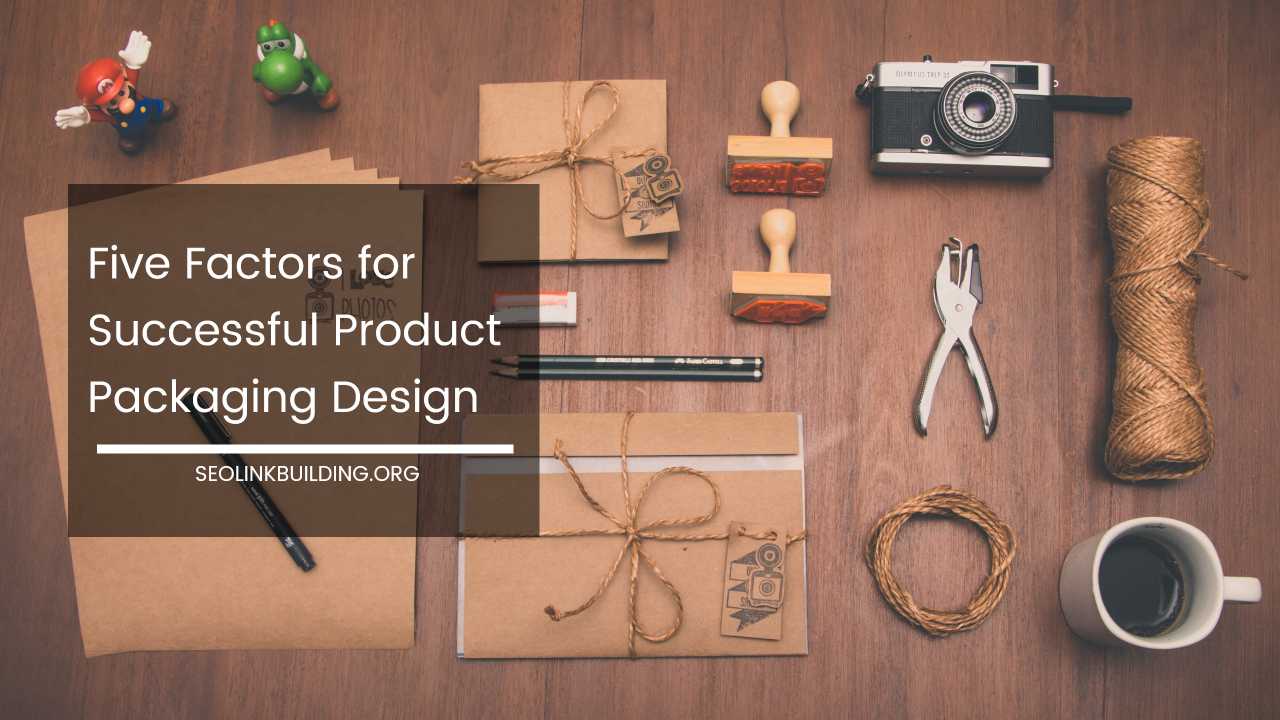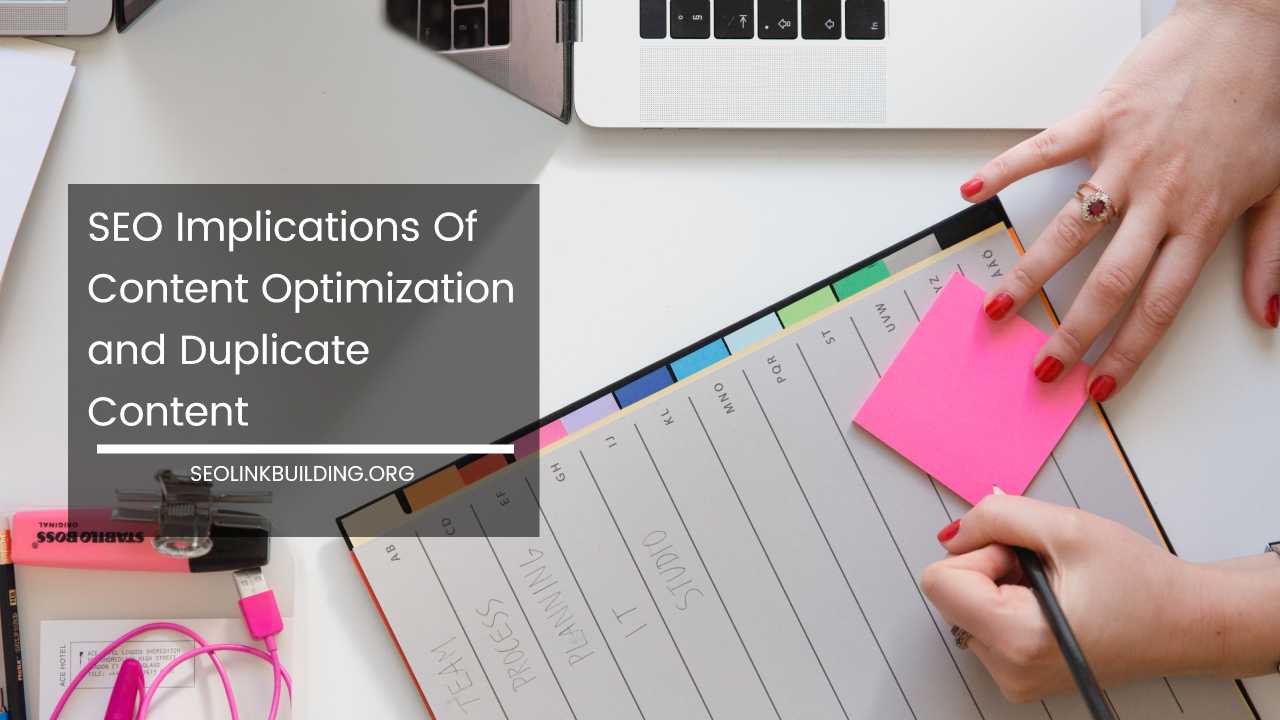Five Factors for Successful Product Packaging Design

Good packaging design is your last chance to make a positive impression at the point of sale.
You should never lose sight of the following five factors when designing the packaging for your product.
1. What Is Consumer Perception?
This means not losing sight of the target consumer. If the product is aimed at middle aged men, pink is probably not the best colour to choose for the packaging.
Plain, monochrome packaging will not appeal to children. Don’t lose the chance to attract your target consumers with colors coded to appeal to them in particular.
The packaging needs to be aimed at the group that will make the decision to buy, and that can create a dilemma for example in the area of children’s items where both the child and the adult who holds the purse-strings must be considered.
Rather than compromising, an appeal should be made to both groups. Packaging for a cereal product can speak of nutrition as well as taste; in the case of toys, it can suggest education as well as action.
2. Maintain a Consistent Brand Image
This means creating a relationship of trust with the customer and sticking with consistent packaging to remind the customer of that relationship.
With the huge variety of choice presented to us as consumers, we tend to gravitate first to the products whose appearance is familiar and reassuring.
Apart from anything else, they help us navigate the store, and act as signposts to say when we are in the right aisle. As a result, we will be more likely to buy.
Provided that the brand has a positive image, the colors and images we associate with it will attract us. It is also important to keep the same color coding and design throughout a series of products in one brand range.
That way, new products can be introduced, benefiting from the existing customers’ brand loyalty.
3. Keep It Practical
Practicality means outer packaging that can be removed easily. Absolutely nobody likes hard plastic bubble packaging which needs scissors to remove.
Children, the old and people with physical disabilities will find it difficult or impossible to cope with this sort of packaging, which creates frustration and even anger.
People with an ecological conscience will feel bad about having to put the packaging out with the rubbish. Everybody feels short-changed when the size and bulk of the packaging dwarfs that of the product.
4. Don’t Forget Cost
The cost of packaging is ultimately borne by the consumer, but high cost can help, as well as hinder, sales. There are different priorities for luxury products than for those aimed at the budget market.
Cheap-looking packaging can actually detract from a high-end brand intended to be presented as a gift, say for Valentine’s Day.
Packaging doesn’t necessarily have to be expensive to suggest quality. There can also be a powerful attraction in using plain and/or recyclable packaging, thus appealing to the ‘green’ consumer.
Using a plain design with an attached label made by a specialist firm like The Label Makers can work well with this consumer group.
Decisions about packaging always have to be referred to the ‘reality check’ of how much the customer will be prepared to pay in the light of the price of similar brands.
5. Keep The Product’s Function In Mind
This factor is similar to practicality, but more specialized. The packaging should be suitable for the product’s actual use.
Washing-up liquid should come in a squeezable bottle. The brand that makes it impossible to reach the last drop by removing the cap doesn’t win friends.
Products meant to be carried around need to be conveniently sized and designed with that in mind.
Your product will stand a better chance of succeeding if the above five cardinal principles of packaging design are all kept in mind.













